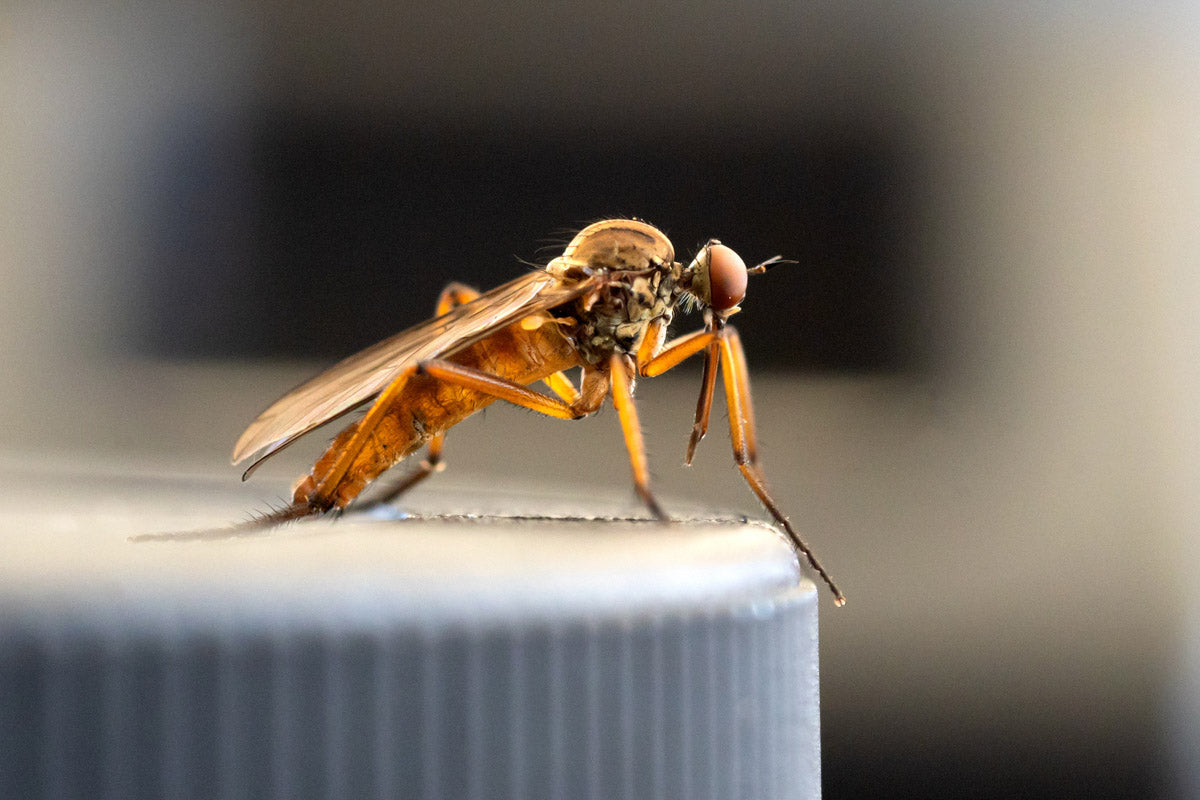Product Description
Sigma 105mm f/2.8 EX DG Macro OS Lens: Precision and Versatility for Macro Photography
Unleash your creativity with the Sigma 105mm f/2.8 EX DG Macro OS Lens, a high-performance, medium telephoto macro lens designed for professional and enthusiast photographers alike. With cutting-edge optics, advanced stabilisation, and exceptional build quality, this lens is perfect for capturing intricate details in macro shots, portraits, and beyond.

Key Features at a Glance
- Aperture Range: f/2.8 to f/22
- 1:1 Magnification: Minimum focusing distance of 1’ (30.5cm)
- Optical Stabilisation (OS): Reduces shake for sharper handheld shots
- SLD Elements: Corrects chromatic aberration and enhances clarity
- Hyper Sonic Motor (HSM): Quiet, high-speed autofocus with full-time manual override
- Floating Internal Focus Design: Maintains consistent performance across focusing distances
- Rounded 9-Blade Diaphragm: Produces beautiful, smooth bokeh

Perfect for Macro and Portrait Photography
Medium Telephoto Macro Excellence
The 105mm focal length allows you to capture close-up shots with ease while maintaining a comfortable working distance. With a 1:1 magnification ratio and a working distance of 142mm at the closest focusing position, this lens is ideal for shooting delicate subjects like flowers and insects under natural light, without casting shadows from your gear.
Beautiful Background Blur
The rounded 9-blade diaphragm ensures a smooth, natural bokeh effect, making this lens perfect for isolating your subject with a creamy blurred background, whether you're capturing macro details or stunning portraits.

Exceptional Optical Performance
Advanced Glass Elements
Incorporating Special Low Dispersion (SLD) glass, the lens corrects chromatic and spherical aberrations for outstanding sharpness and clarity. The Super Multi-Layer Coating minimises flare and ghosting, delivering vivid, high-contrast images even in challenging lighting conditions.
Floating Internal Focus System
The floating inner focus design moves two lens groups independently to minimise aberrations across varying shooting distances, ensuring consistent image quality from infinity to 1:1 macro magnification. The lens maintains a fixed length during focusing, offering better balance and ease of use.
Built for Handheld Versatility
Optical Stabilisation (OS)
Sigma’s Optical Stabiliser compensates for up to 4 stops of camera shake, making it easier to capture sharp images during handheld macro or telephoto shooting. The stabilisation effect is visible through the viewfinder, aiding both composition and focus precision.
High-Speed Autofocus
The Hyper Sonic Motor (HSM) delivers fast and silent autofocus, ideal for capturing fleeting moments. Full-time manual focus override lets you fine-tune your focus instantly, even while in autofocus mode.

Expand Your Capabilities
Compatible with APO Tele Converters
Extend the versatility of your lens with Sigma’s APO Tele Converters:
- 1.4x Tele Converter: Transforms the lens into a 147mm f/4 telephoto macro lens.
- 2.0x Tele Converter: Extends reach to 210mm f/5.6, perfect for increasing working distance while maintaining 1:1 magnification.

Thoughtful Design for Professionals
- Dedicated Hood Adapter: For APS-C cameras, an included hood adapter provides additional protection from stray light. (For full-frame cameras, remove the hood adapter to prevent vignetting.)
- Robust Build: Designed with professional-grade materials to withstand the demands of daily use.
Specifications
- Focal Length: 105mm
- Aperture: f/2.8 to f/22
- Minimum Focusing Distance: 30.5cm (1ft)
- Magnification: 1:1 (life-size)
- Image Stabilisation: Optical Stabiliser (OS)
- Lens Construction: Includes SLD elements and Super Multi-Layer Coating
- Weight: Approx. 725g

Why Choose the Sigma 105mm f/2.8 EX DG Macro OS Lens?
This lens combines outstanding optical performance, a user-friendly design, and versatile features to handle a range of photography styles. Whether you're shooting fine macro details or stunning portraits, the Sigma 105mm f/2.8 delivers with precision and style.
Order yours today and bring your vision to life with unparalleled clarity and creativity!
Payment & Security
Your payment information is processed securely. We do not store credit card details nor have access to your credit card information.
New content loaded




















